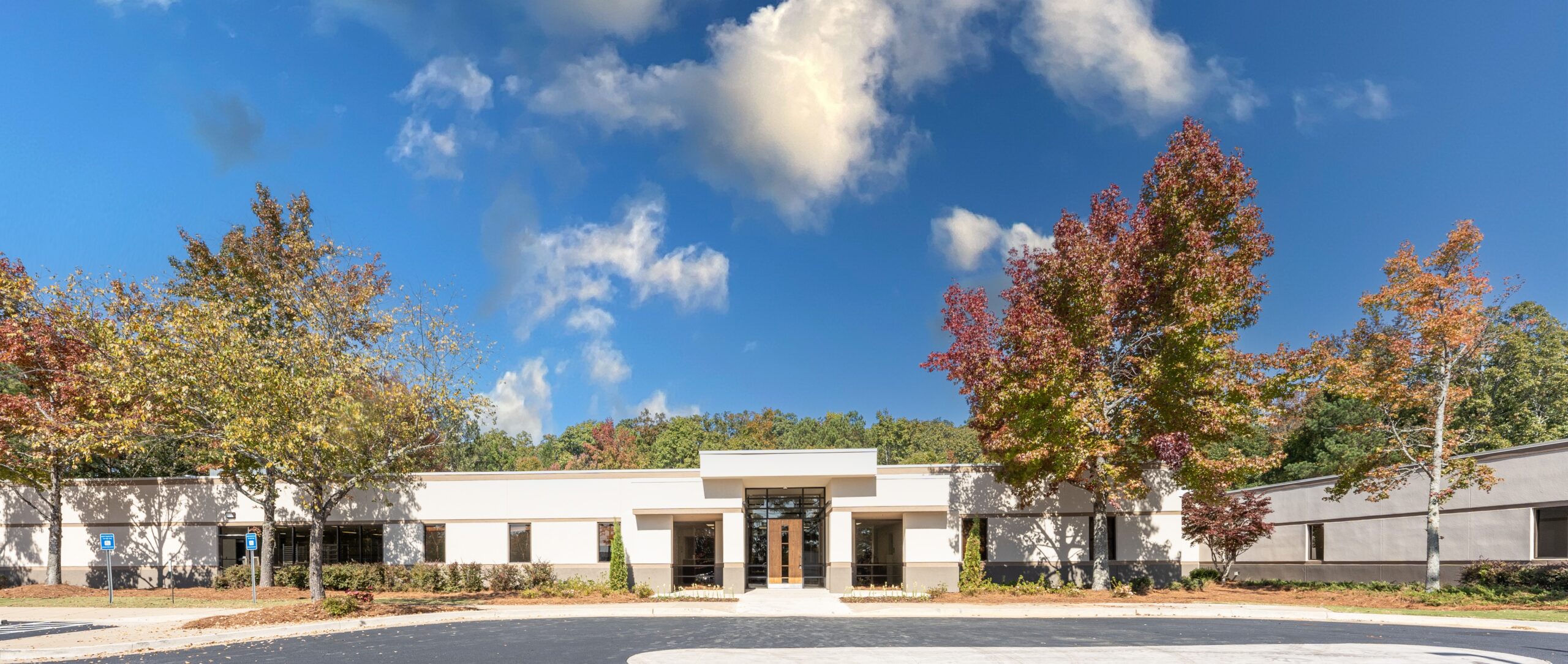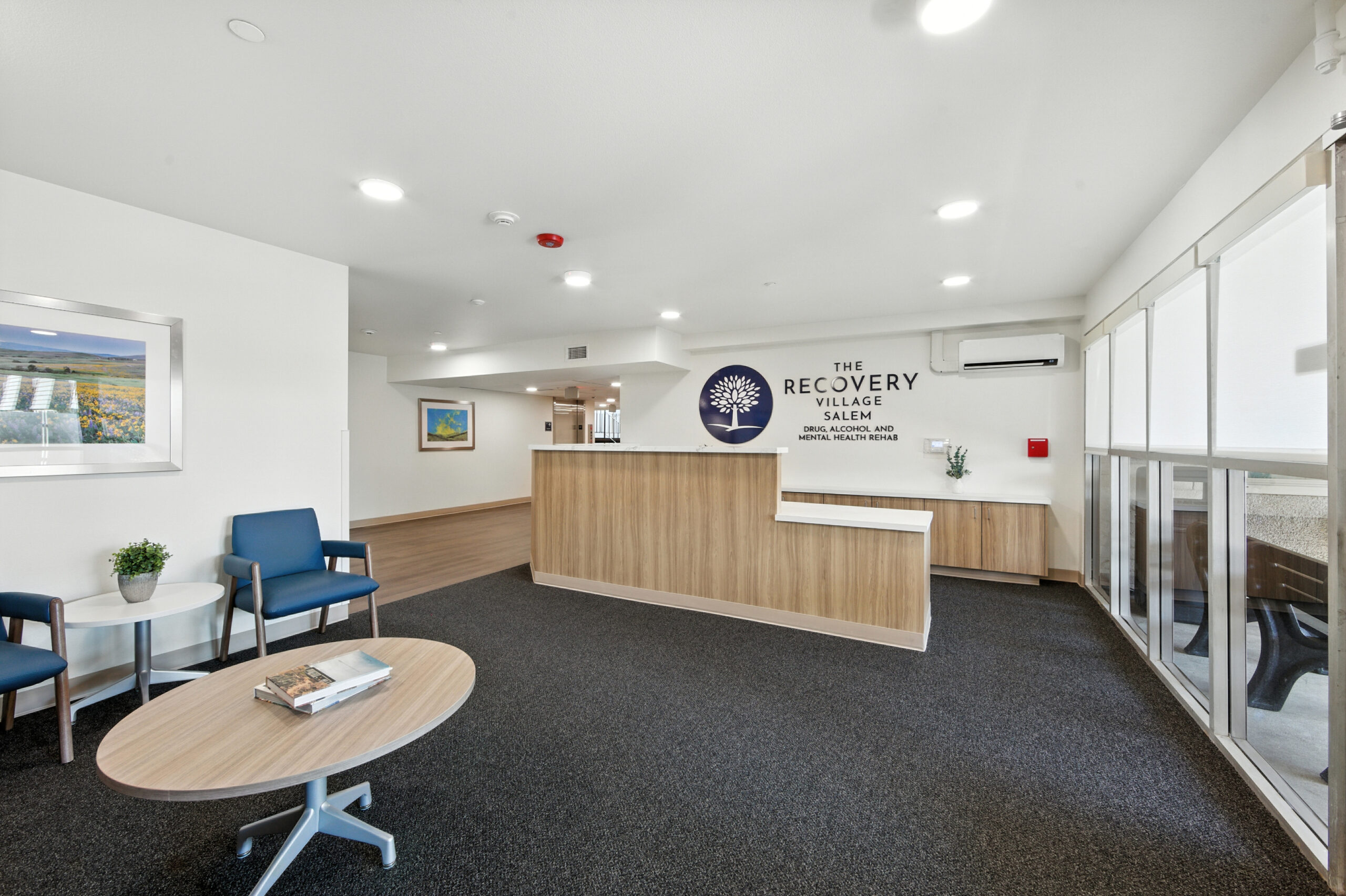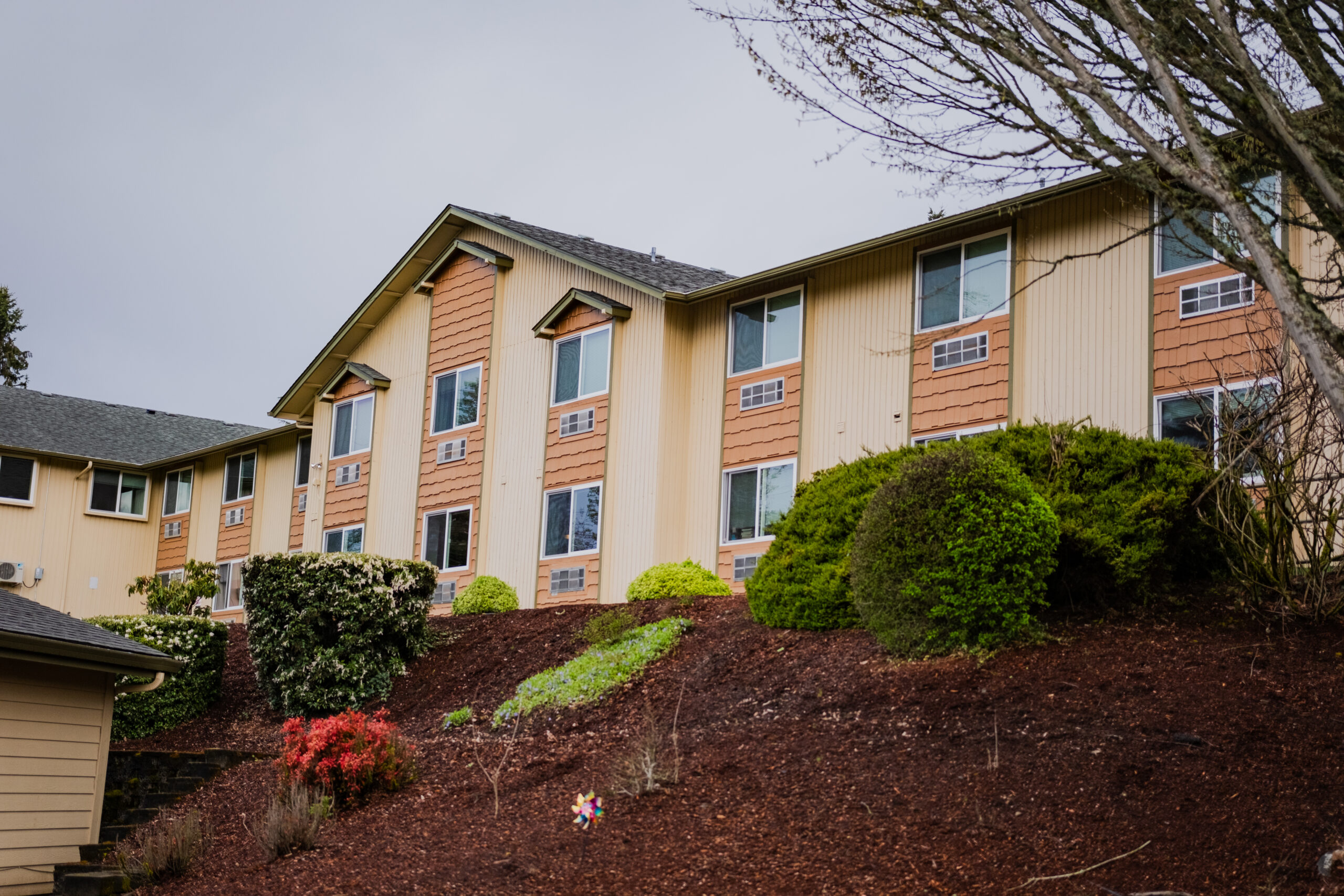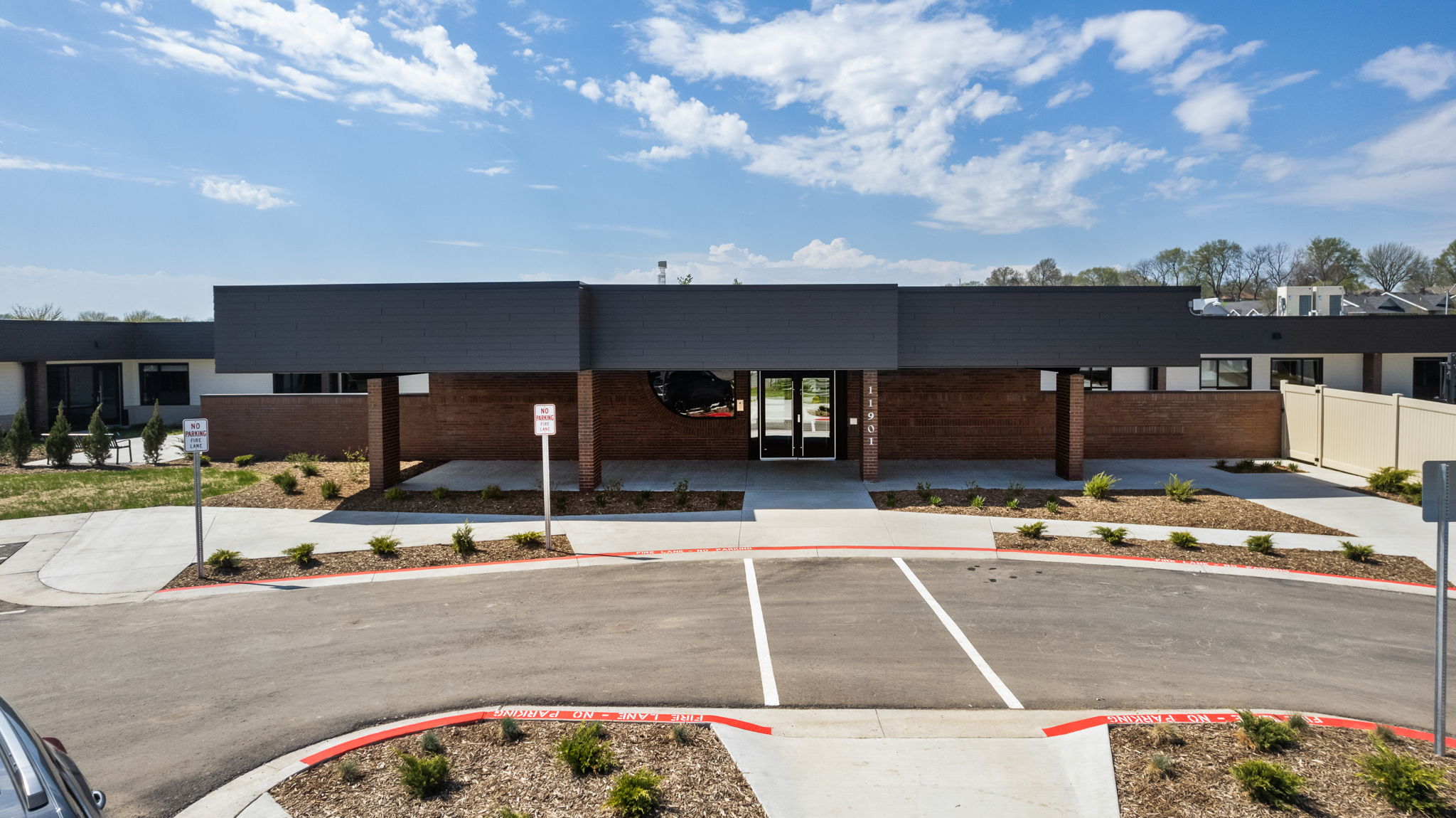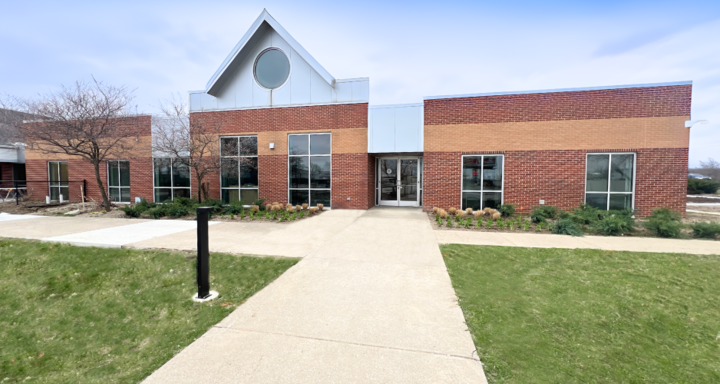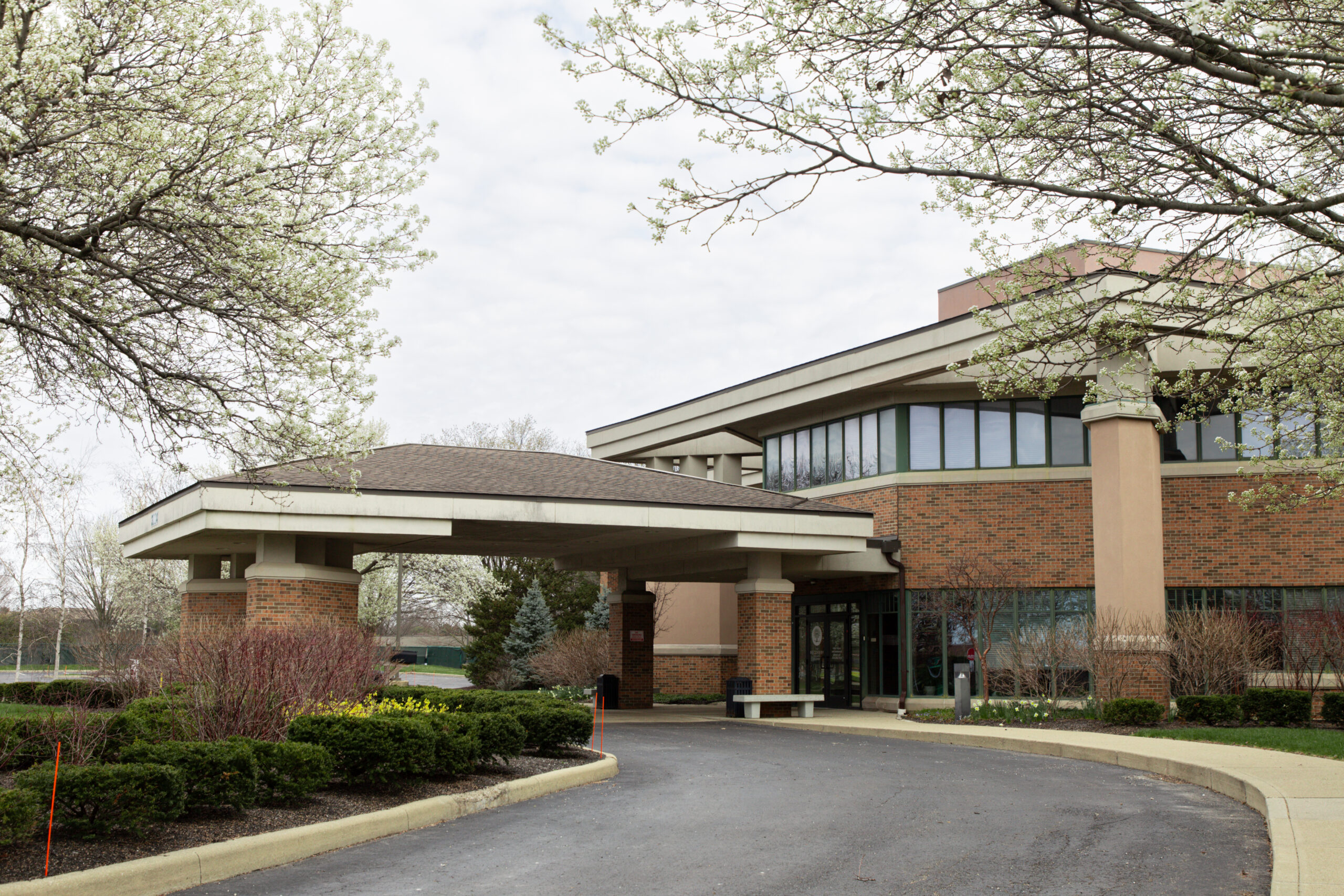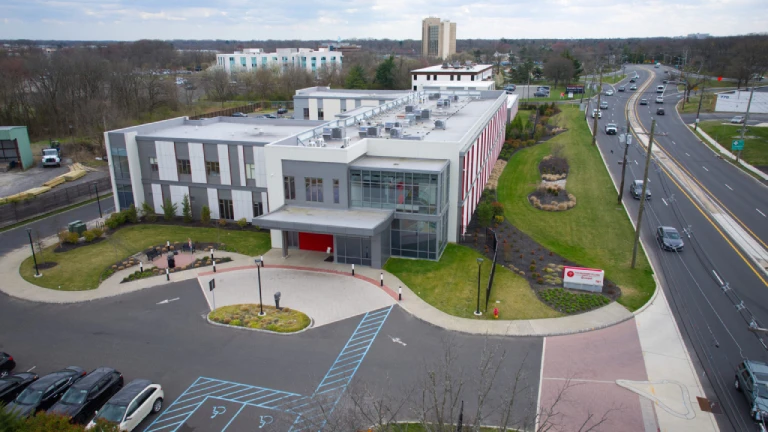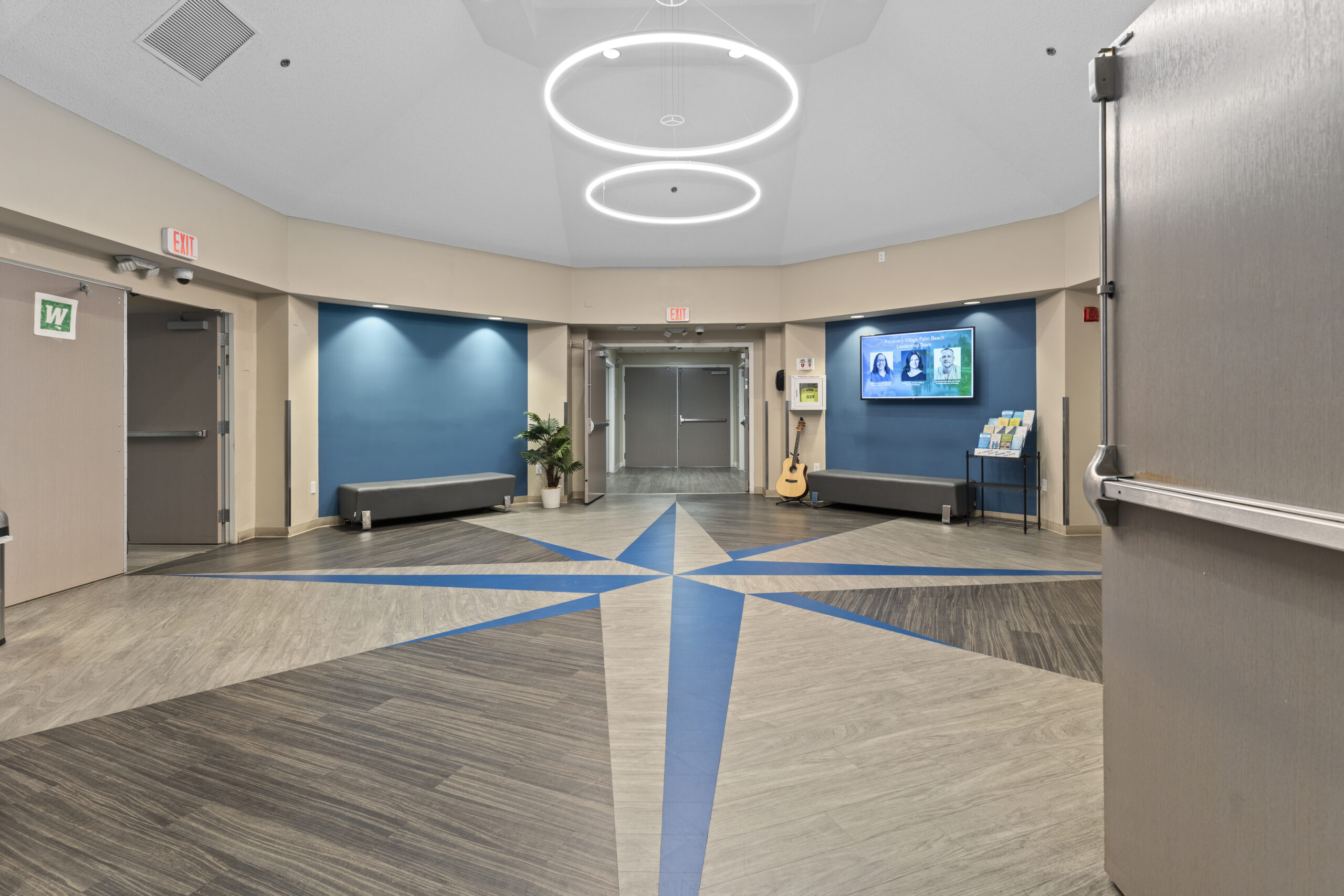LSD is a synthetically created psychedelic drug that is known for its induction of a range of psychological effects. Also called acid, this is one of the most commonly used hallucinogens, and the result from taking it is known as a “trip.” An LSD trip includes various images and also sensations. To the person experiencing them, they seem very real, but they’re not actually occurring. There are more than 80 street names for this recreational drug, and the generic name is lysergic acid diethylamide. LSD, or acid, is created from something called lysergic acid, found in a fungus that grows on grains and rye. Here we will explore LSD and LSD addiction.
What is LSD?
LSD is a hallucinogen, and it’s one that can be extremely powerful. Having first been synthesized in 1938, it comes from ergot, which is a specific type of fungus which grows on grains including rye. Lysergic acid is produced it’s in crystallized form, and it’s then mixed with excipients or diluted with a liquid so that it can then be turned into something that can be ingested.
If you’re wondering how is LSD used, or how is LSD taken, there are a variety of ways usage can occur. LSD is a chemical that alters moods and the psychological state of users, and it’s produced in laboratories that are illegal. LSD can be sold as tablets, capsules or gelatin squares, or in some instances, it can be sold in liquid form. Unlike many other drugs, such as prescription painkillers, LSD has no current therapeutic or pharmaceutical applications, and it is only used recreationally.
Some people may use LSD to create what they feel are intense spiritual or out-of-body experiences.
What about answering the question of how long does acid last, or what does LSD do to you?
First, an acid trip can last up to 12 hours, or even longer in some cases. Even a minuscule dose of LSD can lead to a long trip or episode, and there are such realistic-seeming perceptual changes that occur in the mind of the user that they may harm themselves or others during one of these experiences.
Many dangers come with the use of LSD, but one of the most serious short-term problems is the unpredictability of what will happen to someone during a trip. There’s no way to know exactly what an individual’s trip will be like when they’re on acid, nor is there any way of knowing what they might do to themselves or someone else as the result of the hallucinations they experience.
In some instances, when taking LSD, the person might experience what’s called a bad trip, which is a term that refers to feelings of anxiety, terror, entrapment or generally unpleasant or scary feelings that can come with the usage of this drug. It’s often during these bad trips where people are more likely to hurt themselves or others, and sometimes people have to be restrained until the impact of the LSD has worn off, to prevent them from inflicting harm.
Common Streeet Names for LSD
LSD has many street names to mask its unlawful sale and purchase. Knowing the street names could help identify if a loved one is misusing LSD. Some of the most common street names people might hear or read on the Internet include:
- Acid
- Battery Acid
- Blotter
- California Sunshine
- Cid
- Doses
- Dots
- L
- Looney Toons
- Lucy
- Lucy in the Sky with Diamonds
- Sugar Cubes
- Superman
- Tabs
- Window Pane
- Yellow Sunshine
Related Topic:Street Names for Drugs
History of LSD
So where did LSD come from? It was initially synthesized by a chemist working in Switzerland named Albert Hofmann. Hofmann first synthesized LSD in 1938, while he was researching a blood stimulant. Even at the time of the synthesizing of the drug, the hallucinogen-producing effects weren’t known.
This wasn’t discovered until 1943 when Albert Hofmann accidentally took LSD and realized its ability to create very realistic hallucinations.
It was commonly used in various scientific research from the 1940s to the 1960s because it had the ability to create effects similar to psychosis. Sandoz Pharmaceuticals, which was the company Hofmann worked for, began providing free samples of the drug during this research, which is what led to its widespread recreational usage.
LSD became particularly popular in the 1960s, especially as psychologist Timothy Leary was promoting its use to students in the U.S. LSD was a central part of the counterculture movement of the decade, and that eventually spread to other areas of the world including the UK and Europe.
What Does LSD Look Like?
LSD is a chemically manufactured drug, and it can take many different forms. The most common way you’ll often see LSD sold is as acid tablets. Along with acid tablets, other types of LSD include capsules, and it is occasionally found in liquid form. When acid is sold in tablet form, the tablets themselves are often called Microdots.
Unlike other drug tablets, such as prescription painkillers, LSD is often marked with various cartoon-like artwork and may come in a variety of colors, or the tablets may be white and devoid of images. LSD can be particularly dangerous, because it often has almost child-like artwork or imagery, both in pill form and blotter paper form.
Another common way you might see LSD when it’s sold on the street is when it’s placed on absorbent paper, like a blotter paper. The paper is divided into small squares, which are also called tabs, and each square is a dosage or a hit of acid. The squares are sometimes colored or printed with images or artwork. Since these squares are made with absorbent paper, liquid LSD is added to them by soaking them or impregnating them. The squares are usually around one-quarter inch each.
When LSD is sold in liquid form, it is usually clear, and odorless and sold in a very small flask or tube.
In some cases, LSD may also come in the form of gelatin squares, or it can be added to sugar cubes. When LSD is sold in the form of gelatin squares, it’s called Window Panes.
While LSD is usually clear and odorless, it may have a slightly sour taste, but it’s usually not bitter in taste.
It’s becoming increasingly common for fake acid to be sold on the streets, and it’s difficult to tell it apart from real acid, because of the lack of distinguishing visible characteristics of LSD. Some people use something called an Ehrlich test kit to determine whether or not the chemical structure of acid is real or fake, but if a dealer of fake acid adds serotonin pills to the solution, this test may not work.
LSD Dosage
LSD is an incredibly potent psychedelic drug that can have a significant impact on the user even with a small dose.
LSD is typically swallowed or held under the tongue, or it can be injected, and taking as little as 20 to 30 mcg (mcg stands for “microgram”) can create an effect on the user. With LSD there isn’t necessarily a standard dose, and if someone is buying it, they won’t know what their dosage is, which can be particularly dangerous.
For points of reference, sometimes a light dosage might refer to anywhere from 25-75 mcg., while a “common dose” could mean anywhere from 50 to 150 mcg, and anything above that would be a strong or heavy dose. The effects of LSD aren’t necessarily based on the dosage, unlike many other drugs. Since the results are so unpredictable, dosages aren’t a reliable way to determine what the outcome of taking the drug will ultimately be. While the dosage doesn’t necessarily impact the effect of the trip, the length of time the trip is experienced is based on dosage, as well as other factors like tolerance and body weight.
Many infrequent recreational LSD users report taking anywhere from 20 mcg to 80 mcg, and frequent users report usual dosages of 100 mcg to 200 mcg per trip.
LSD is rapidly absorbed, so effects start quickly after it’s taken, and there is the potential to overdose on LSD. Overdose can lead to high blood pressure, rapid heartbeat and hyperthermia.
How Long Does LSD Stay In Your System?
LSD is a drug with results that vary significantly between users. For example, some users may have what they feel is a spiritual experience when they use it, while others may have a bad trip that’s characterized by a sense of terror or impending doom.
This variation in effects can also exist when answering the question of how long LSD stays in your system. A typical trip time will usually range from 6 to 12 hours, although this can be dependent on the user’s dosage, age, body weight and overall tolerance.
The half-life of LSD has been estimated at anywhere from around three hours to just over five hours. You can visit our resource to find out more about how long LSD stays in your system.
Causes of LSD Addiction and Abuse
With the use of LSD, it’s important to recognize that it’s not necessarily addictive in the physical sense. LSD is unique from many other drugs regarding addiction and abuse because while users don’t experience physical dependency, it’s still a drug that can be abused, and often is by users. Users of LSD have the tendency to develop a psychological dependence on the drug.
One of the primary reasons people start to become psychologically dependent on LSD and ultimately abuse it is because they enjoy the feelings that they associate with it or the experiences, often in social situations. They can then start using it as a crutch to recreate these feelings or in their social interactions or other areas of their lives.
Since LSD is a psychoactive drug and it changes the way people think and feel, it has an overall impact on the user’s emotions, behaviors, and thoughts, and that can create a particularly powerful hold over them, which is what leads to abuse.
Another factor that’s particularly important when it comes to abuse of LSD is the fact that it can contribute to the trigger of underlying mental disorders in people who otherwise had no symptoms of these illnesses before use. This means that an individual who exhibits normal psychological behavior and then uses LSD could start to display symptoms of a mental disorder after use, and then their behavior can become irrational or even dangerous. There may be the potential for suicidal thoughts or tendencies as a result of LSD use as well.
Ultimately, regardless of the individual situation, the primary causes of LSD abuse is often the desire to continue recreating certain feelings that occur during a trip. That can then lead to the desire to take more and more of the drug to maintain those feelings during each trip, even as the body builds up a tolerance for the it.
Is LSD Addictive?
Compared to most other drugs, LSD is distinctive, and it can become complicated to answer the question of is LSD addictive physically or psychologically.
Regarding physical addiction, LSD is not generally thought to be physically addictive. This artificially manufactured drug is not known to create the physical cravings normally associated with addiction.
Rather than creating physical symptoms, LSD addiction is usually characterized by a sense of psychological addiction. People can start to crave the feelings, emotions, and experiences they had during their LSD trips, and then they can want to reconstruct them by continuing the use of a drug. With a hallucinogenic like LSD, you can start to feel like you want to put yourself back in the situation you were in during your last use of the drug, particularly if it also involved a social situation. Users will find that they crave the associations they link with the drug, and so the addiction of LSD is more about the experience of the high, than the drug itself.
The people who usually become particularly attached to the use of LSD and its accompanying effects are commonly individuals who have addictive personalities with the use of other drugs. For example, it’s not uncommon for someone who has a psychological dependence on LSD also to have an addiction or habit to use other drugs such as marijuana or opiates. If someone is genetically predisposed to substance abuse or addiction, they may find that the use of LSD becomes especially habit-forming.
There is a misconception among many people that because LSD isn’t classified as physically addictive that it’s not dangerous or potentially harmful, and that can be a particularly challenging bit of misinformation for people in the medical and recovery communities to dispel. LSD might not necessarily be thought of as toxic, but it can be incredibly harmful.
When people ask is acid bad for you or is acid safe, the answer is yes it is harmful, and no using acid is not safe. Along with the tendency to do things that could harm yourself or others while using LSD, it can also lead to anxiety or depression following its use, flashbacks, or potentially long-lasting mental illnesses, such as debilitating depression.
Also relevant to note here is that while LSD isn’t classified as being physically addictive, it does create a tolerance in users. When your body builds a tolerance to LSD or any drug, it requires the sense from the user that they should continue taking higher and higher dosages to achieve the high they had previously. LSD is a very unpredictable drug, and it’s difficult even to know the dosage you’re taking, so this can become unsafe or deadly.
LSD Combinations/Interactions
LSD interactions, including the effects of LSD and alcohol, are challenging to understand, because of the random, unpredictable effects LSD often produces. In general, there are some studies showing that the combination of LSD and alcohol can increase the effects of the drug, as well as the likelihood the user will experience a bad trip. There’s also the chance that combining LSD and alcohol can lead to unconsciousness or death. Since LSD alters thoughts, emotions, and behaviors, alcohol can amplify this effect and lead to more recklessness, and the increased likelihood of the user harming themselves or someone else or making a poor decision.
Alcohol use alone leads to less judgment and self-control, as well as a reduction in reasoning skills and a lack of inhibition, so this can be amplified with LSD usage simultaneously.
Another possible outcome that can come with using LSD and alcohol is a higher likelihood of a sedative effect.
Additional LSD interactions to consider are the use of antidepressants or other medicines that increase serotonin levels. This can lead to something called serotonin syndrome, which happens when the brain’s neurotransmitters have too much serotonin and symptoms can include everything from sweating and a rapid heartbeat, to coma, seizures, overheating or confusion.
LSD Addiction Statistics
LSD is a drug that’s often misunderstood, even by the people who use it. The following highlight some hallucinogens statistics and usage statistics for LSD.
- In Europe, LSD use is particularly prevalent, with as many as 4.2% of people aged 15 to 24 reporting they have taken it at least once
- In several countries, the percentage of people in the 15 to 24 age group reported having used it in the previous year.
- In 2008, a study found that more than three million people in the U.S. between the ages of 12 and 25 said they had used LSD.
- The National Survey on Drug Use and Health showed that more than 200,000 people use LSD for the first time every year.
- Their study found 9.7 percent of the population in the U.S. above the age of 12 had used LSD at least once in their lifetime.
- While LSD use is still somewhat common, it has been declining since 2002. There was a short resurgence in use in the 1990s, but that has since gone down.
- The age group that most commonly abuses and uses LSD is 18-25.
- Most use is experimental, rather than regular.
- According to the Emergency Medical Clinics of North America Journal, around 4.3 percent of sexual assault victims were drugged with LSD and other hallucinogenic drugs.
- Regarding death statistics, most deaths occur as the result of risky behaviors the person does while they’re high on LSD, or there can be deaths associated with LSD and the use of other drugs simultaneously.
- In a 2010 survey, around 12.9 of young people surveyed said that LSD would be fairly or very easily available to them.
- Visit the following websites to learn about The Recovery Village’s network of rehabilitation facilities. Call today for admissions. Each center is ready to help people learn how to cope with their Ambien addiction and uncover the root causes for their substance use disorder.
- Orlando Recovery Center: A premier rehabilitation facility in Orlando, Florida that helps individuals recover from addiction and substance use disorders. The center also offers the opportunity to treat co-occurring disorders.
- The Recovery Village Columbus: Located in Ohio,this facility provides inpatient, outpatient and aftercare treatment for people looking to begin detox. The center provides individualized plans to help patients through recovery while addressing their unique co-occurring disorders or any setbacks that may happen during recovery.
- The Recovery Village Palmer Lake:In Colorado, this facility offers inpatient, outpatient and intensive outpatient treatment for individuals looking to kick-start their journey to recovery.
- The Recovery Village Ridgefield: Located right in southern Washington,this facility provides patients with outpatient and aftercare programs. Just 20 minutes outside of Portland, this facility assists individuals who are ready to begin treatment.
- The Recovery Village: In Umatilla, Florida,this is a rehabilitation facility that provides resources for individuals seeking drug and alcohol treatment. There are inpatient, outpatient, intensive outpatient and partial hospitalization treatment programs available for those suffering from Ambien addiction.
- IAFF Center of Excellence:Specializes in assisting firefighters who struggle with behavioral health problems and addiction. Members can enter the recovery process sooner so they can return back to work as quickly as possible. Inpatient, partial hospitalization and intensive outpatient programs are all available at this facility, where patients can address their Ambien addiction in a safe, supportive environment.
- Denver Mental Health & Counseling: Denver Mental Health and Counseling by The Recovery Village is a physician-led outpatient center specializing in evidence-based addiction and mental health treatments, offering services such as TMS, IOP, and personalized care for both ongoing and new patients, dedicated to fostering long-term recovery and overall well-being.
- The Recovery Village Palm Beach at Baptist Health: The Recovery Village Palm Beach at Baptist Health is a premier physician-led treatment center in South Florida, offering a comprehensive spectrum of services from medical detox to outpatient programs for alcohol, drug, and co-occurring mental health conditions, with a commitment to rejuvenating lives, families, and communities, and facilitating same-day admissions.
- The Recovery Village Atlanta: Located in Roswell just outside downtown Atlanta, is a 62-bed physician-led treatment facility offering a comprehensive range of services, from medical detox to outpatient care, specializing in alcohol, drug, and co-occurring mental health conditions, dedicated to transforming lives, families, and communities throughout Georgia.
- The Recovery Village Kansas City: The Recovery Village Kansas City, an 80-bed facility in Raytown just 10 miles from downtown, offers a comprehensive range of evidence-based treatments for addiction and mental health conditions, overseen by physician leaders, and is dedicated to revitalizing lives, families, and communities throughout the Midwest.
- The Recovery Village Cherry Hill at Cooper Health: The Recovery Village Cherry Hill at Cooper, situated just 20 minutes from Philadelphia, is a leading rehab facility in South Jersey providing comprehensive, evidence-based addiction and mental health treatments, ranging from medical detox to teletherapy, with a dedicated team committed to guiding adults on their path to lifelong recovery.



